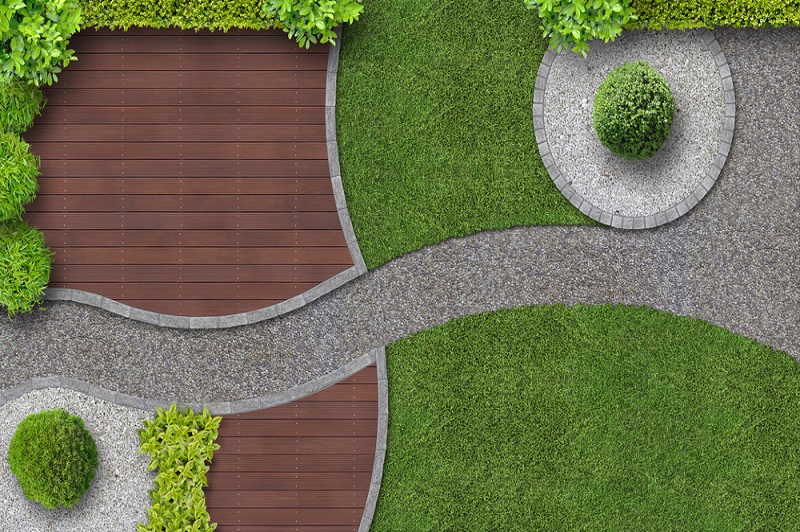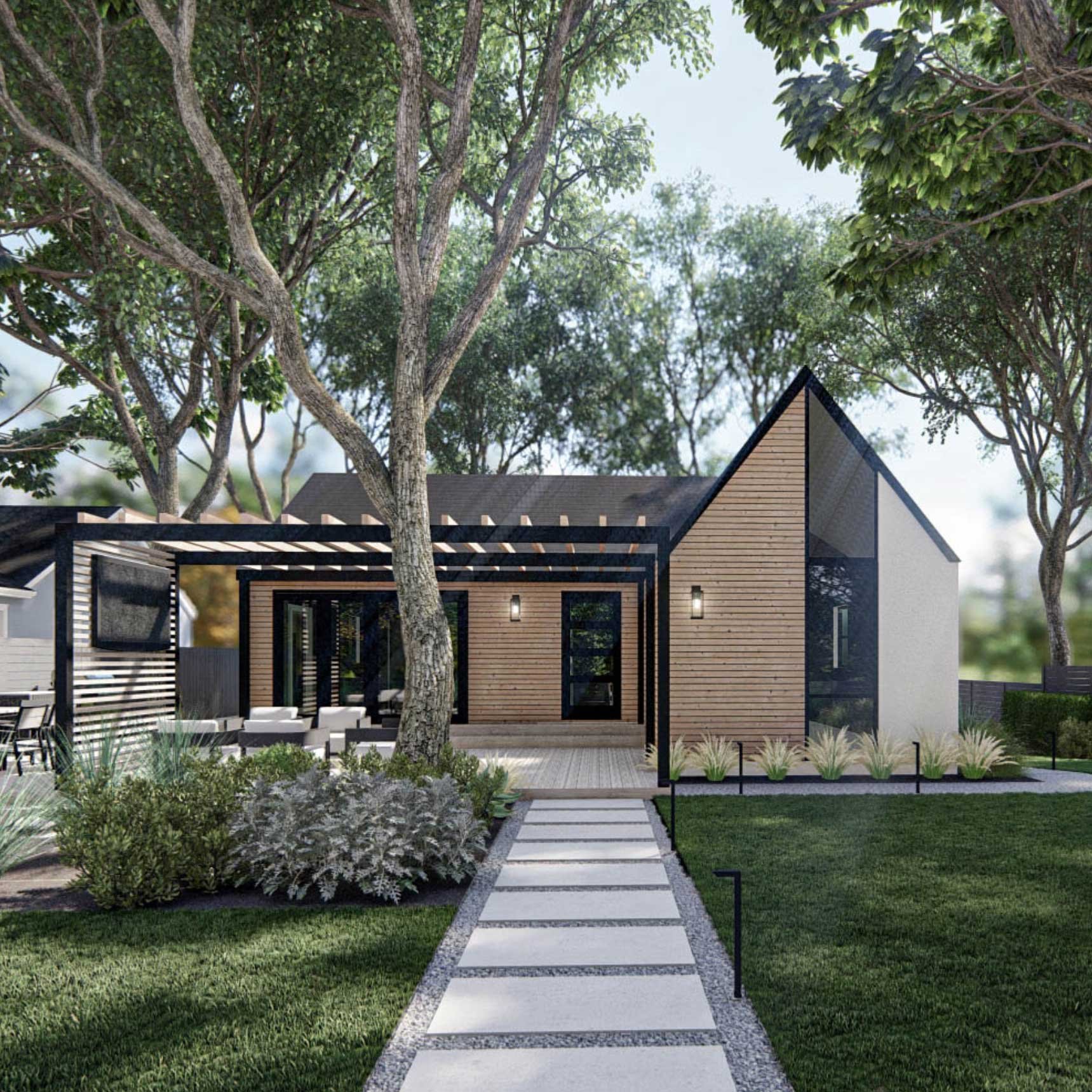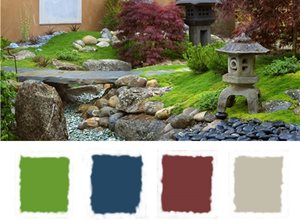Some Known Facts About Landscapers.
Table of ContentsSome Ideas on Landscapers You Should KnowA Biased View of LandscapersThe 5-Second Trick For LandscapersSee This Report on LandscapersLandscapers - An OverviewLandscapers Fundamentals Explained
- A yard attribute where water is stood for by an accumulated stone product, normally a gravel or granite. These are most generally found in contemporary and Japanese yard style.- A rock or natural flagstone outdoor patio, course, or sidewalk constructed without a concrete base. The base would be compacted crushed rock and the joints would certainly be an aggregate or walkable ground cover. - A stone retaining or cost-free standing wall developed without the use of mortar. - A below ground structure that collect water and permits it to reduce percolate into the dirt around it.
Landscape style that works with a sites' atmosphere in both look and sustainability without unfavorable effects to the environment. Bordering in the landscape is a line of separation that produces aesthetic passion in the garden by separating one segment from an additional section. This can be aesthetic or practical, maintaining one aspect (such as pea gravel) from getting combined right into another (like bark dirt).
Areas can also sense of "room" provided by trees, other growings, fences, or screens. The landscape near the entry to a building. A tree, hedge or vine, educated to expand on a wall or fence right into a details pattern. Particularly useful for fruit trees, making it easy to gather the fruit and consisting of mess.
The 4-Minute Rule for Landscapers

The component in a landscape design or area in a landscape that is suggested to be most prominent. The focal factor can be a plant, boulder, statuary, collecting room, or other landscape function.

Some Of Landscapers
Low plants that are allowed or urged to spread out over a location. Can refer to any "hard" yard aspects including statuary or stones however the majority of commonly is used to refer to paths, patios, and walls - Landscapers.: Height distinction between the degree of water in a fish pond (or the degree of the pump if it sits outside the pond) and the top electrical outlet of water which influences efficiency of the water pump in gph (gallons per hour).
Fencing boards that run horizontally, commonly used in contemporary or Japanese-inspired landscape styles. Appropriate use of fictional lines can aid the landscape feel linked to the Continued home and various other elements.
Typical PNW landscapes are informal. A plant that spreads out even more than desired, or right into habitats where it does damages.
Some Known Questions About Landscapers.
Can include head positionings and insurance coverage, pipe sizing, GPM specifications, and products needed to install this system. Accredited expert that designs landscapes, schooled in design and style as well as in gardening.
The professional that plans and establishes landscape jobs, normally at a Get More Info domestic or little business degree with the major style impetus on plantings. Landscape developers typically have less education than Landscape Architects and are not accredited. A finished landscape layout, detailing all components for the new landscape. This normally takes the kind of an illustration theoretically.
Making use of numerous plantings of the same range to fill up in an area in the landscape. This can lower upkeep and water use in the yard.
A mix of cement, sand, and water that is made use of in stone masonry for setting stones and joints. A layer of garden compost or bark dirt used at the base of a plant. A mass growing of moss. A plant that was existing in a geographical location prior to individuals started transforming the landscape.
Landscapers Fundamentals Explained
How the yard or a garden aspect is prepared in connection to an existing or brand-new attribute or to an instructions. Maintaining a yard without the use of chemical herbicides, chemicals, or fertilizers. Turfs that are not trimmed however grown in landscapes as perennials. This is a partially open sided leisure or entertainment area that adjoins a residence, utilized for entertaining, outdoor eating and just delighting in the outdoor setting.

Plants that offer seasonal passion and after that die back in the winter months. Cold period yard that is the most usual lawn grass in Rose city, OR and the rest of the PNW.An open roofed framework over an outdoor patio or other landscape function.
Lava accumulated varying in size from 1/4" down to dust. The most common landscape gravel in the PNW. Area of the landscape made to manage rainfall water up until it can soak right into the ground. A chain that controls water next as it travels from a roofing system gutter to the ground. Garden framework that produces a planting location that is had and greater than the bordering quality.
Creating a yard function being composed largely of rocks with plantings that match and can flourish in the rocky atmosphere. Sprinkler head style that revolves a stream of water throughout an area.
The Ultimate Guide To Landscapers
